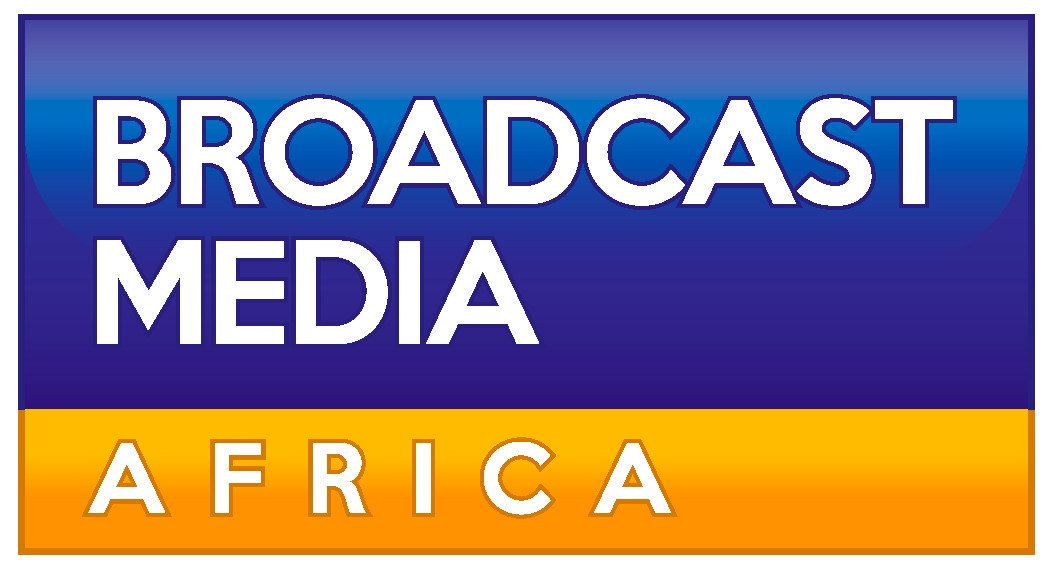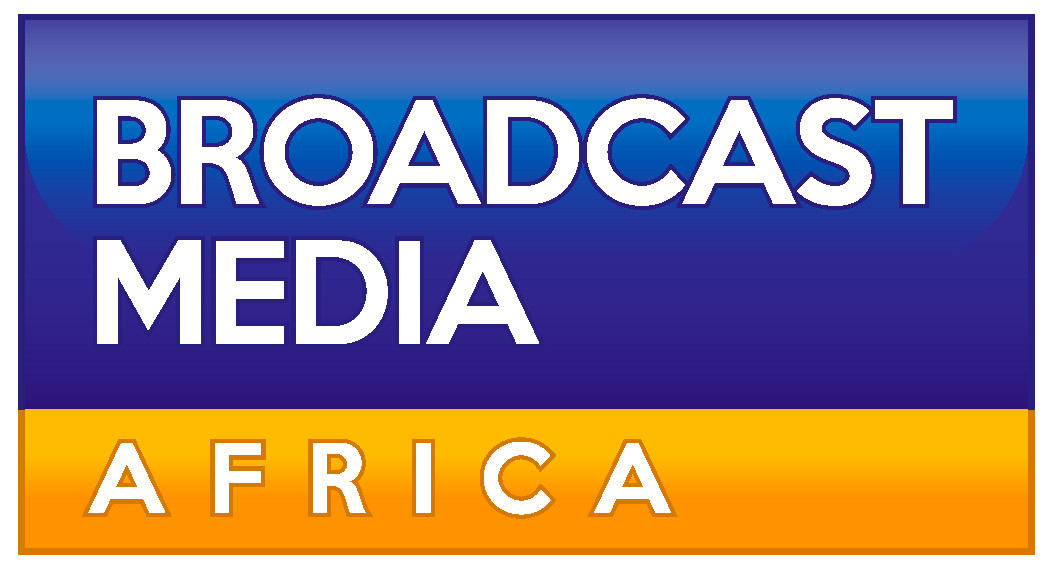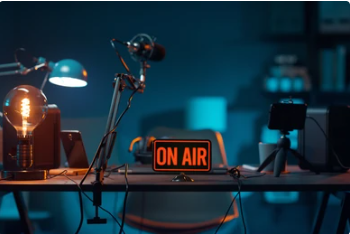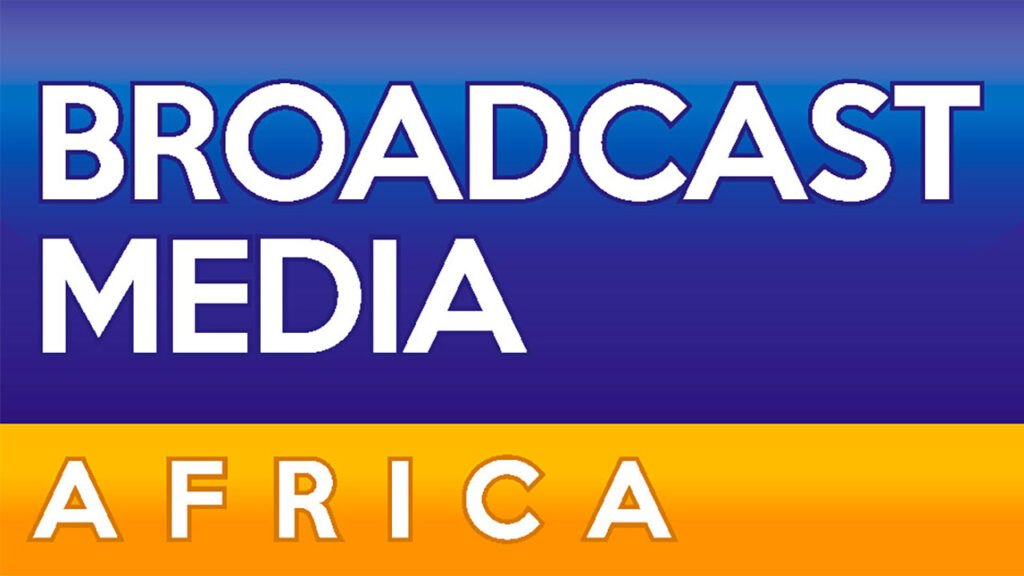

In South Africa, the Portfolio Committee on Communications and Digital Technologies has expressed significant concerns regarding the establishment of the proposed State Digital Infrastructure Company (SDIC), following a detailed presentation from the Department of Communications and Digital Technologies (DCDT). This new state-owned entity, formed from a merger of signal provider Sentech and Broadband Infraco (BBI), aims to address market deficiencies in broadband access, particularly in rural and underserved areas of South Africa.
The SDIC is envisioned as a wholesale digital infrastructure provider striving to achieve universal access to affordable broadband and broadcasting services. It plans to combine Sentech’s wireless broadband network with BBI’s fibre network, creating a comprehensive national infrastructure supporting essential services in schools, healthcare facilities, and other government sites in rural areas.
The SDIC will be equipped with Electronic Communications Services (ECS) and Electronic Communications Network Services (ECNS) licenses to facilitate a smooth implementation. This will enable the entity to lease managed infrastructure to meet public sector connectivity needs.
A Joint Oversight Committee (JOC), consisting of senior leaders from Sentech and BBI, including their CEOs and CFOs, as well as officials from the DCDT, will oversee the SDIC. The JOC will direct the SDIC’s strategy and operations, while a Technical Committee will offer specialized support throughout the project’s development.
One of the SDIC’s primary goals is to consolidate state digital infrastructure assets, which could lead to more efficient resource use and a cohesive state-managed network. This initiative is expected to establish the SDIC as a common carrier, providing high-speed internet and last-mile connectivity to underserved communities and government facilities.
According to the DCDT’s presentation, the SDIC could significantly lower connectivity costs through economies of scale and fulfil the open-access policies promised by the Ramaphosa administration, enhancing infrastructure sharing between the public and private sectors.
Despite these potential benefits, members of the Portfolio Committee remain sceptical about the SDIC’s financial stability and operational viability. They are particularly concerned about how the inclusion of other state infrastructure—such as networks owned by Eskom, Transnet, Sanral, and Prasa—might affect the SDIC. Without integrating these assets, the committee fears the SDIC could adopt a fragmented approach, undermining its mission to reduce connectivity costs for impoverished areas.
Additionally, there are concerns about Broadband Infraco’s financial health, particularly its liquidity and solvency issues, which may pose challenges to the new entity’s sustainability without further funding beyond what has already been allocated under the SA Connect programme for fibre expansion.
Khusela Sangoni Diko, chair of the committee, urged Icasa (the Independent Communications Authority of South Africa) to expedite its market inquiry into the current ICT landscape. This inquiry is essential to determine whether establishing a state-owned digital infrastructure company remains necessary, especially given the market dynamics that have shifted since the original rationalization policy was introduced.
Diko emphasized the need to thoroughly examine the market structure to ascertain the government’s continued necessity for intervention in this sector. The Portfolio Committee’s recommendations reflect a desire for the DCDT to explore various options while ensuring that the formation of the SDIC is both financially sound and aligned with South Africa’s connectivity goals.










